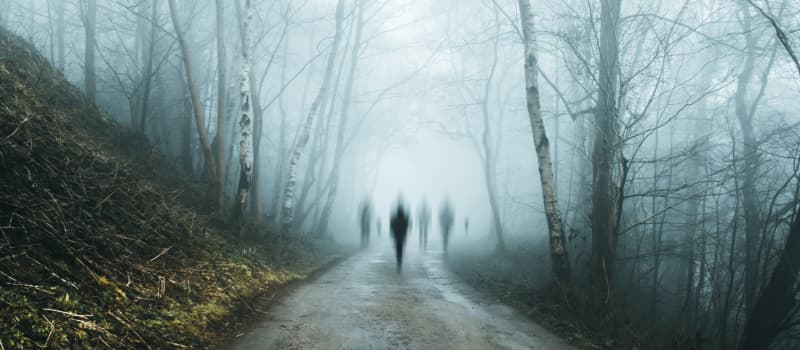
What would you witness on Lancashire’s most haunted roads?
30th Oct, 2023
Britain’s ghosts, spirits and phantoms are an integral and much-cherished part of its cultural heritage, and each region of the UK has its own spooky tales of local spectres, from serene echoes of peaceful figures, to terrifying apparitions out for revenge. Most of these ghosts tend to be thought of as preferring to stay (or unable to leave) a particular place, many of which are historic buildings or structures.
But now and again, an unlucky motorist or lucky ghosthunter will chance to see them out on Britain’s highways too. Here at Scrap Car Network, we’ve already told you about some of the most famous spirits haunting Britain’s roads – but if you’re often out driving in Lancashire, be sure to keep an eye out for some of these unsettling sights this Halloween…
The Devil’s Highway, A666
This section of road is a major road that runs through several major Lancashire towns, and accordingly it’s known by several monikers depending on which area of it you happen to be travelling along at the time: it’s variously been called Manchester Road, Bolton Road, Blackburn Road, or St Peter’s Way.
Its most notorious moniker though, by far, is the Devil’s Highway. It’s so named because of its road number – A666 – and the unusually high number of accidents that have occurred there for decades. Many of them have been supposedly linked to paranormal activity: there have been stories of drivers veering off roads at the sight of shadowy shapes and mysterious creatures, abruptly appearing on the road only to vanish moments later.
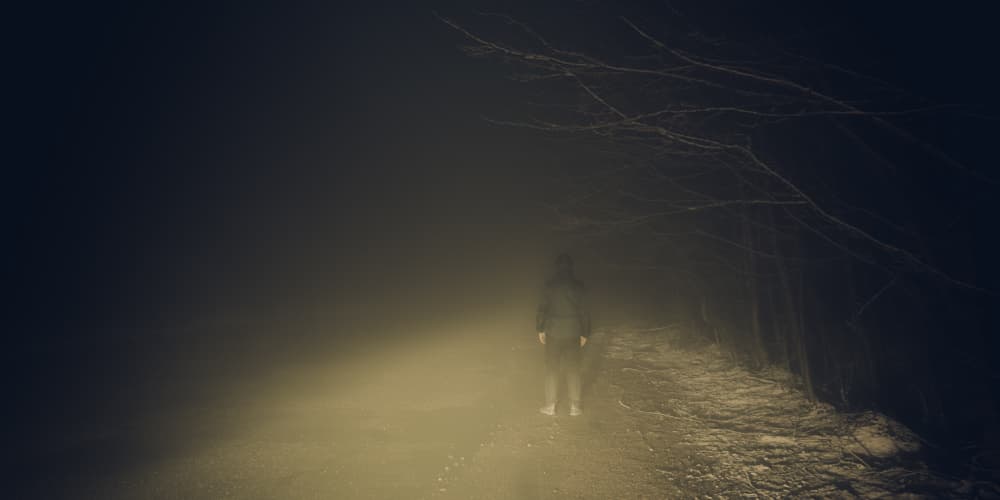
One figure in particular has cropped up a couple of times, described as “a hunched-over figure limping towards traffic”. One ghosthunter has theorised that the figure in question is a monk who was executed in the nearby Turton Tower, during the Civil War. Meanwhile, a taxi driver between Bolton and Blackburn has gone on record about an elderly woman with white hair appearing suddenly in the backseat of his taxi. (With images like that, it’s no wonder that the road’s accident rate was so high.)
So, are all these events manifested by the unholy influence of the Lord of Darkness himself, as denoted by his mark? Well, maybe. But it’s worth noting that the actual number of the beast is 616, not 666 – at least according to the Bible. Plus, there’s the fact that there have been a couple of major changes on that road – the speed limit was changed from 70mph to 50mph, speed cameras were installed to enforce them, and cyclists were banned. In the aftermath, the rate of road accidents fell by more than 60%.
Coincidence? We’ll let you decide…
The “Bermuda Triangle” of the M6
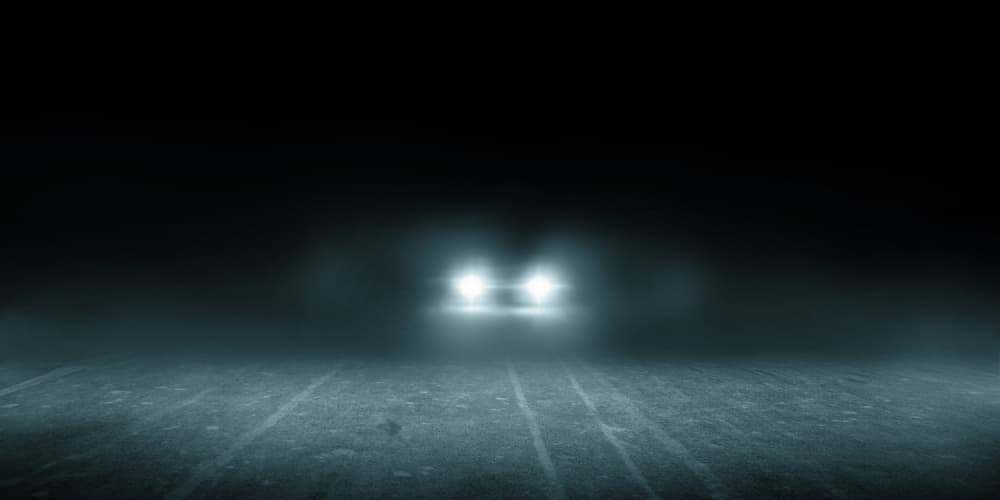
The M6 is one of the longest and busiest roads in the UK, spanning from the heart of the midlands, though the North West, and all the way up to the border with Scotland. Ever since it was opened in 1958, motorists have reported experiencing all manner of unsettling phenomena at various sites up and down its length.
Junctions 16 through 19, between Newcastle and Knutsford, seem to be particular hotspots. Drivers have spotted (and in some cases, met) ghostly hitchhikers who abruptly vanish into the night, and eyes watching them from the bushes, not unlike the unfortunate Pretoria Pit Miners we spoke about in our last post.
In fact, there seems to be quite an assortment of ghosts haunting the M6 – and some aren’t quite what you’d expect. Beyond the well-worn tales of silent spirits and spectral hitchhikers, there are rumours abound of a phantom lorry that apparently haunts a stretch of the M6, catching drivers unawares as it suddenly appears screeching towards them on the wrong side of the road – its lights flashing, horn blaring, and veering wildly across the tarmac. Almost as if its undead driver were blind. (Or headless…)
Of course, the variety in these reports might be somewhat accounted for by the fact that the M6 is the modern successor to what is ultimately one of the longest, oldest roads in Britain – though it’s true that it was technically opened in 1958, parts of the route have been around for more than 2000 years. Which certainly explains one of its strangest reported phenomena – an entire troop of ghostly Roman soldiers, marching shoulder to shoulder, on their way to some long-forgotten battle buried deep in England’s past.
The White Lady of Samlesbury Hall
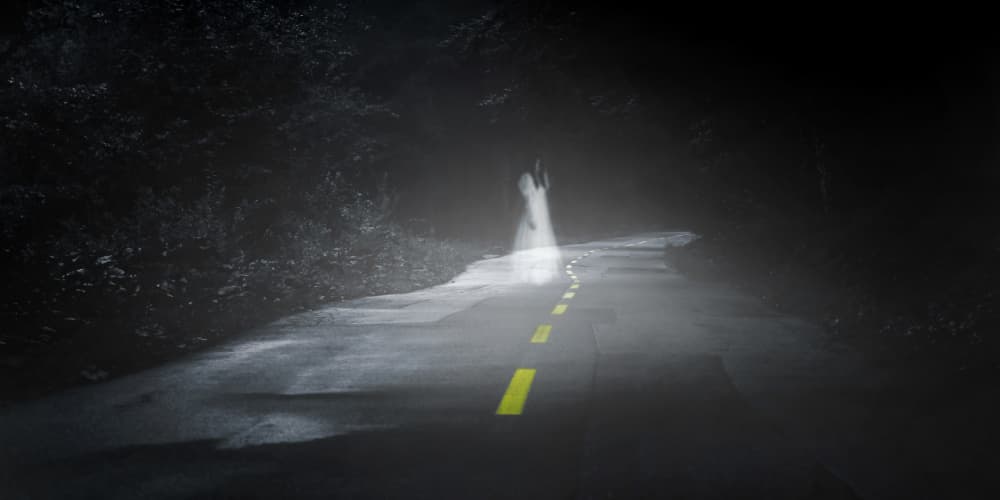
OK, so we know that Samlesbury Hall isn’t technically a road as such, but its ghostly goings-on have been known to spill over to nearby highways. There have been a number of different rumours linked to Samlesbury Hall, a historic building near Preston, but most of them centre on its famous White Lady.
The White Lady in question is thought to be the spirit of Dorothy Southworth, a lost bride forever doomed to scour the surrounding fields and roads in search of her lover. But she wasn’t jilted at the altar – her story is much sadder than that.
Hundreds of years ago, in the early 1500s, the Southworths were famous as one of Lancashire’s oldest and most powerful families, their bloodline extending back for centuries. The story goes that Dorothy was born in 1530, at a time when Henry VIII was still King of England. As you may know, England underwent some major religious reform during his reign, and to summarise a very complex situation in a short, inadequate sentence: the 1500s was a time when being either Protestant or Catholic was a Very Big Deal. Dorothy’s father John Southworth was a fierce Catholic, renowned for his fervour.
Dorothy, however, committed a grave sin in her father’s eyes by falling in love with a young man from the de Hoghton family, of the nearby Hoghton Towers. Her husband-to-be was an Anglican, and Dorothy’s father flatly refused to let her marry a man of a different faith. So she did what many daughters do with their fathers, and simply defied him. The young couple made plans to elope. Unfortunately, those plans were discovered by her brothers, including the most zealous of them, Christopher.
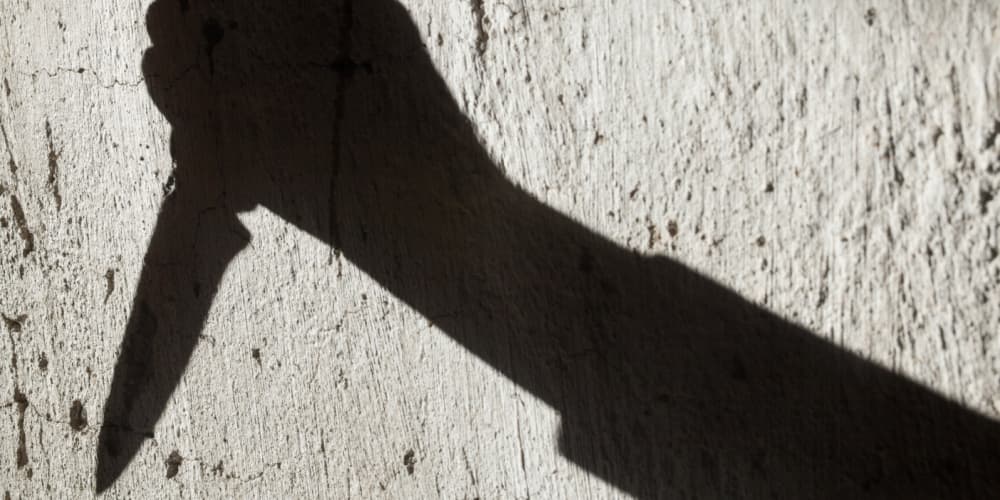
On the night Dorothy and her lover planned to elope, her brothers ambushed him, and killed him and his young attendant. (Two human skeletons were later unearthed near this site in the 1820s, giving the tale further credence.)
As for the fate of poor Dorothy, different versions of the story give different conclusions. One holds that she witnessed it all from her bedroom window and threw herself from it in a fit of grief, killed that same night. Another says that she was sent away to a foreign convent, stripped of her Catholic faith, to live out the rest of her days in disgrace. She passed away just a few years later, driven mad with grief, or dying of a broken heart.
Her spirit, however, apparently found its way back to Lancashire, and the site at which her lover died. A bus driver once stopped to let on a pale girl dressed in white, only for her to vanish momentarily afterwards. A restaurant owner, meanwhile, was startled by a white figure which ran past him without a word, crossed the road and vanished into nearby fields. Some people have reported seeing her waiting in silence at the roadside, and stopped to offer her a lift. Others have nearly caused themselves injuries by braking hard to avoid her as she walks out into the road – not unlike the ghost of the Bluebell Bride in Kent.
Of course, like any enduring ghost story, there’s still some scepticism surrounding the tale of Samlesbury Hall’s White Lady. The skeletons unearthed in the late 19th century were never conclusively linked to the story, and perhaps more damningly, official records show that John Southworth never had a daughter named Dorothy. But then again, it wasn’t unusual for families at the time to purge the names of disgraced family members from public records, effectively erasing evidence of their existence. And if anyone could manage that in the 1500s, it was the powerful Southworth family.
Whatever the nature and provenance of the White Lady of Samlesbury Hall, if you find yourself passing there late at night, just keep an eye out for hitchhikers. Who knows who you could end up meeting!
As we’ve touched upon, there’s a fair amount of conjecture surrounding all these haunted roads. But then, that’s half the fun with ghost stories, isn’t it? And if you’re ready to be shocked by something else, here at Scrap Car Network, you can be sure we’ll always be able to get you a scarily good price for your scrap car.
Plus, we like to make things as easy and straightforward for you as possible – all you need to do is enter your car reg and postcode into the fields on our site, and we’ll get you an instant online quote before you can say cash for cars. It only takes a few seconds. Curious to find out how much your car is worth?